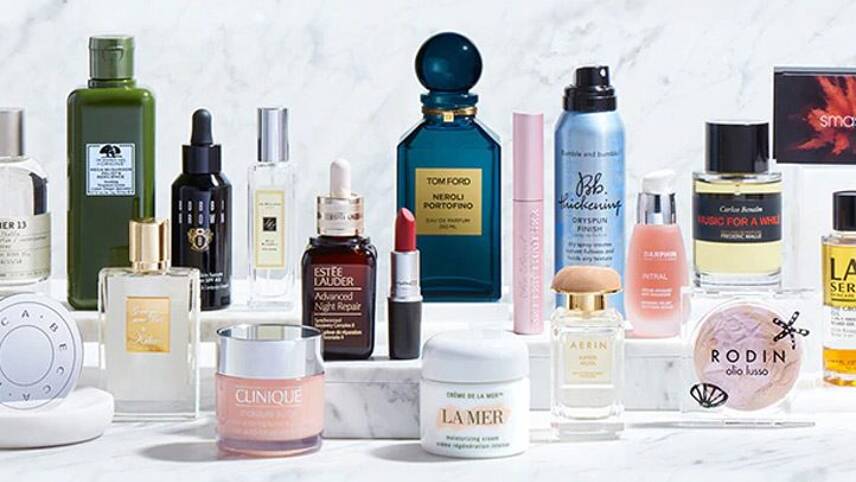Register for free and continue reading
Join our growing army of changemakers and get unlimited access to our premium content

ELC joined the RE100 in 2017
The company said in a statement that it has brought its net Scope 1 (direct) and Scope 2 (power-related) emissions to zero through investments in energy-efficient technologies and processes, along with renewable energy.
On renewables, The Estée Lauder Companies has implemented a two-pronged approach, consisting of onsite generation and Virtual Power Purchase Agreements (VPPAs). It has installed more than 5MW of solar capacity globally on its rooftops and estates and has a VPPA for 22MW from Oklahoma’s Ponderosa wind farm. Renewable energy certificates (RECs) are used where onsite generation and PPAs are not viable options.
The Estée Lauder Companies signed up to The Climate Group’s RE100 initiative in 2017. At that time, some 45% of its global monthly electricity demand was met with renewables.
“When large companies like The Estée Lauder Companies set their sights on an ambitious target, they can achieve huge change at a rapid pace,” The Climate Group’s chief executive Helen Clarkson said. “This is exactly the sort of leadership we need to see in the climate decade, as we work to halve global emissions.”
Offsetting also plays a role in the firm’s climate approach. The announcement today (2 November) confirmed that it had procured enough carbon offsets to account for its “residual” emissions. While some carbon offsetting projects focus on renewable energy, The Estée Lauder Companies has opted to support the Massachusetts Tri-City Forestry, which protects public forestland from commercial timber harvesting and promotes forest restoration and conservation. It covers 6,500 acres in total.
Science-based targets
To ensure that it properly addresses its Scope 3 (indirect) emissions and continues to prioritise carbon reduction over offsetting, The Estée Lauder Companies has set new emissions targets validated by the Science-Based Targets Initiative (SBTi).
The SBTi has verified that the ambitions – to halve absolute Scope 1 and 2 emissions and to reduce Scope 3 emissions by 60% per unit of revenue by 2030 – as 1.5C-aligned. Both goals are set against a 2018 baseline.
Emissions from purchased goods and services, upstream transportation and distribution and business travel will be accounted for under the Scope 3 target. These are the most material sources of Scope 3 emissions for The Estée Lauder Companies.
“Setting ambitious targets in line with the latest climate science is testament to our values and commitment to managing our business for the long term,” The Estée Lauder Companies’ chief executive and president Fabrizio Freda said.
Join the conversation edie’s Net-Zero Live
It’s almost time for Net-Zero Live 2020. Taking place over three days (November 10-12) in a virtual format, this event includes high-level keynote talks, interactive panel discussions, facilitated networking sessions and educational masterclasses, as well as virtual exhibition booths showcasing the cutting-edge net-zero technologies and services that will shape the decade ahead.
Register now to hear from representatives of Unilever, the Committee on Climate Change, Inter Ikea Group and many more. Click here for registration forms and for the agenda.
Sarah George


At last, a company that makes sure it owns the carbon saving from the generation of the renewable electricity by owning the certificates. Most companies buy RE where the carbon saving has been given to government to reduce the overall carbon footprint of the general electricity grid and therefore are fooling themselves or not receiving what they think they have bought.